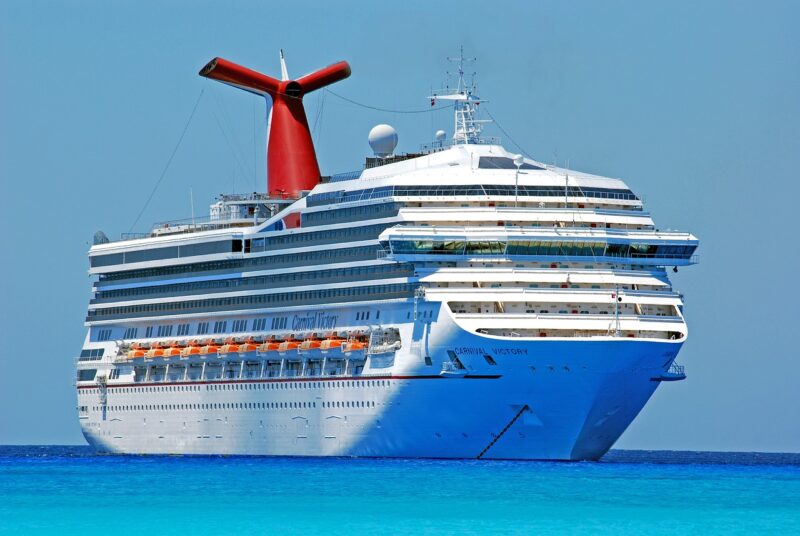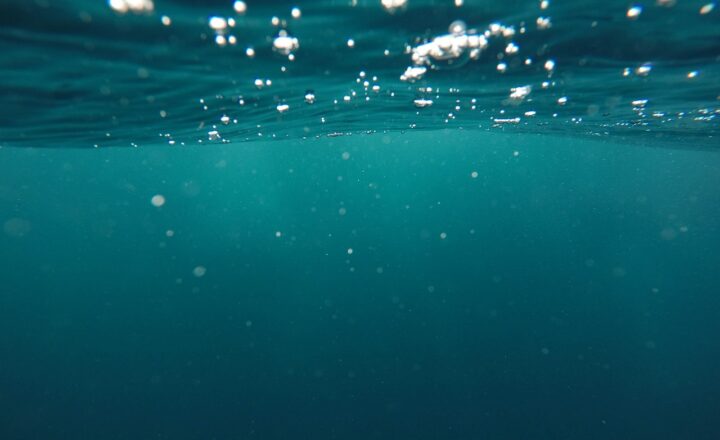Exploring the Evolution of Sea Travel from Ancient Boats to Modern Cruises
November 15, 2024

Sea travel has captivated humanity since the dawn of civilization. From the primitive rafts and canoes used by ancient cultures to the luxurious cruise ships of today, the evolution of maritime transport reflects advances in technology, exploration, and cultural exchange. This article embarks on a detailed voyage through time, tracing the significant milestones in the journey of sea travel from ancient boats to modern cruises.
1. The Birth of Sea Travel: Ancient Boats
The earliest evidence of sea travel dates back to around 4000 BC when ancient civilizations in Mesopotamia utilized reed boats for fishing and trade. These vessels were simple yet effective, made from available materials like reeds and wood, and functioned primarily for short journeys.
The development of the Nile riverboat by the Egyptians marked another significant advance. Egyptian boats, made from papyrus and later cedar wood, were adapted for both trade and warfare. With oars, sails, and a hull designed for stability, these vessels sailed the Nile and ventured into the Mediterranean, establishing trade routes and cultural exchanges with neighboring civilizations.
In the Pacific, the Polynesians mastered sea travel using double-hulled canoes called outrigger canoes. Their advanced navigation skills, including star navigation and ocean currents, enabled them to explore vast distances across the Pacific Ocean, settling on remote islands far from their original homeland.
2. The Age of Exploration: From Galley Ships to Carracks
As societies advanced into the Classical and Medieval periods, sea travel underwent a transformative change. The ancient Greeks and Romans developed galleys powered by oarsmen and sails, allowing for longer voyages. These ships played a crucial role in trade and military conquests, bringing diverse cultures into contact.
The 15th century ushered in the Age of Exploration, characterized by improved shipbuilding techniques and navigational tools. Spanish and Portuguese explorers set sail across the Atlantic in vessels like the caravel and carrack. Equipped with multiple sails and a deep hull, these ships could withstand the open ocean, facilitating the discovery of new lands and sea routes.
Notable figures like Christopher Columbus and Vasco da Gama expanded European horizons, connecting continents through maritime exploration. Trade grew exponentially as new goods such as spices, silk, and precious metals flowed into Europe, catalyzing economic development.
3. The Industrial Revolution: Innovations in Shipbuilding
The Industrial Revolution in the 19th century brought about profound changes in sea travel. The introduction of steam power revolutionized ship propulsion, replacing traditional sails. Steamships like the SS Great Western could traverse oceans faster and more reliably, paving the way for transatlantic travel.
Iron and steel construction replaced wood, leading to more durable ships. The launch of clipper ships, designed for speed, further exemplified advancements in ship design. Clipper ships, with their tall masts and vast sails, became symbols of maritime speed and efficiency, catering to a growing demand for fast transportation of goods.
Additionally, marine navigation technology improved with the advent of the sextant and more accurate charts, drastically reducing the risk associated with long sea voyages. The establishment of regular shipping lines became a viable business, connecting continents and expanding global trade.
4. The Golden Age of Ocean Liners
The late 19th and early 20th centuries heralded the Golden Age of Ocean Liners. These luxurious vessels served as floating hotels, catering to upper-class passengers traversing the oceans. Ships like the RMS Titanic and the Cunard Line’s RMS Queen Mary embodied opulence and sophistication, complete with grand dining halls, swimming pools, and entertainment facilities.
Transatlantic crossings became more accessible, offering travelers an experience of leisure and spectacle. The rivalry between shipping companies for speed and luxury fueled innovation, epitomized by the famous Blue Riband, awarded to the fastest transatlantic liner.
However, the advent of air travel in the mid-20th century curtailed the dominance of ocean liners. As airplanes provided a quicker means of long-distance travel, the passenger ship market began to decline.
5. The Rise of Modern Cruises
Despite the decline of traditional ocean liners, the 1970s saw the emergence of cruise ships as a distinct form of sea travel focused on leisure and entertainment. The modern cruise industry began to flourish as cruise lines like Carnival and Royal Caribbean redefined maritime vacations.
Today’s cruise ships are massive floating cities, offering an array of amenities including restaurants, theaters, swimming pools, and spas. With themed cruises catering to diverse interests, from adventure excursions to relaxation retreats, the cruise industry has become a major player in global tourism.
Emerging trends in eco-friendly practices are influencing modern cruise ship design. Companies are investing in technologies that reduce emissions and improve energy efficiency, aligning with sustainability goals. The introduction of hybrid vessels and innovative waste management systems are setting the stage for the future of eco-conscious sea travel.
Conclusion: Navigating the Future of Sea Travel
As we navigate the evolution from ancient boats to luxurious cruise ships, it is evident that sea travel continues to evolve in tandem with human innovation. The story of maritime transport encapsulates themes of exploration, technology, and cultural interconnectedness.
As we look towards the future, the continued development of sustainable technologies and the exploration of new maritime routes promises to make sea travel even more exciting and accessible. Whether for leisure, adventure, or commerce, the journey of sea travel is one of humanity’s most remarkable achievements, propelling us into uncharted waters of possibility.







